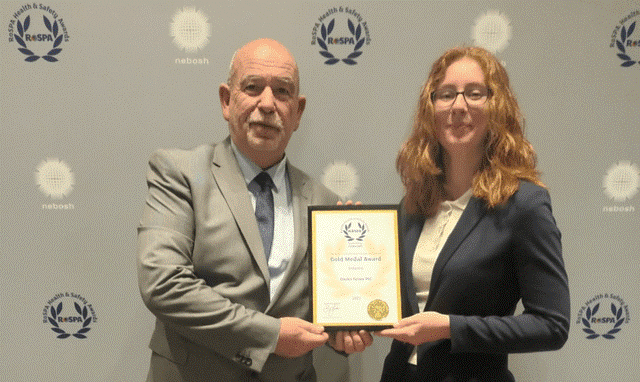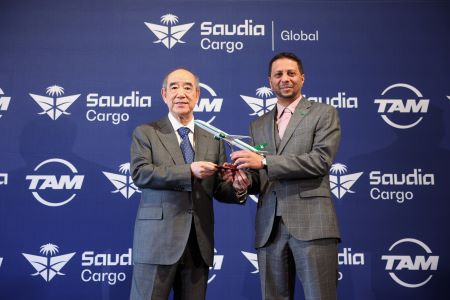Following the coverage of the Woodland Group’s 25th anniversary celebrations, we sit down with Andy Ball, Director of Trade Development Asia Pacific at Woodland Global
As Director of Trade Development Asia Pacific at Woodland Global, what does your role entail?
My role has changed recently and will now largely encompass further development of our Asia Pacific and Indian subcontinent markets, whilst looking for new opportunities in developing emerging markets. The role also includes supporting our national sales teams across various business units within the Woodland Group and I continue to be involved in carrier rate procurement.
How long have you worked for Woodland, and can you give us some details about your career to date?
I have worked for Woodland (with the exception of a brief gap of 15 months) for almost 14 years. I started my career in a role that concentrated very much on the sales growth of our then relatively new Asia market, concentrating on both ocean and air. I then went on to become General Manager of our Asia Pacific trade before taking up the post of Director of Ocean, which involved operations and responsibility for our Birmingham and Manchester offices.
How did Woodland become involved in the Asia market? How important is the region to Woodland, and how do you manage your activities there? Do you have own offices in the region, or have you established partnerships with local players?
Our involvement in the Asia market started off relatively modestly in the mid to late 90s, when we were working with a number of agents. In 1999 we were appointed UK agent for International Freight Bridge (IFB) and from there our Asia business started to gain momentum.
The Asia market is often seen as a huge opportunity for those based in other parts of the world. How do you judge the prospects for trading with Asia in the short, medium and long term?
The Asia market is often considered a long-term proposition and I believe it will continue to be. As a growing entity we are constantly reviewing all our markets along with agents and partners alike and whilst over the last few years with pressures of volatile freight rates and, more recently, capacity issues it is a market where we have a wealth of experience throughout the group. It is a trade lane that we will continue to develop.
Do you have any observations about the impact of rising living standards in China on manufacturing and trade with the rest of the world? Are you noticing any shifts in manufacturing in the region?
After a decade of 20% wage rises in China it would be inevitable at some stage that manufacturers in China would reduce their workforces and in many instances close factories and look to reopen in other parts of Asia where costs are cheaper. We have seen a shift in some manufacturing, largely our client base purchasing product from other regions such as Vietnam where we have seen growth over the last two years and we see no reason why this won’t continue in 2014. In fact South East Asia is a major focus of growth for Woodland this year.
What goods does Woodland typically ship to/ from Asia? Which markets are most attractive to you at this time?
Woodland ship a wide variety of products to and from Asia and we have invested heavily over the past few years in trade shows. During this time we have gained knowledge of emerging product ranges which we then target nationally, allowing us to form specialisms. As an example this includes sanitary products, clothing and the automotive trade, along with many others.
What is the split between modes in your Asia business?
Our mode split between ocean and air sits at around 70-30; however our air product is now seeing some good growth. This will further increase in 2014 with some very aggressive business plans. In fact, as a whole, Woodland Global expects growth across all trades, having made large investments in sales during 2013.
What comments can you make about Asia-Europe shipping rates in the foreseeable future? Do you see the trend for ever-larger vessels continuing, and what effect does this have on the business?
In terms of rates, I do not see the market changing substantially this year. For many years, Asia-Europe has been very volatile, seeing shifts in rates on almost a monthly basis. As for larger vessels, this would be very much down to the carriers who appear, of late, to be controlling rate levels a lot better than they have done in the past. Will this continue? Again who knows – the Asia-Europe trade in general has always been a moving target.
What advice would you give to UK manufacturers who might be considering exporting to Asia for the first time?
Your international pricing strategy has to relate to the costs of servicing international accounts. Freight costs play an important part in any international move so concentrate by using companies such as Woodland that specialize in exporting to Asia to give you help and advice.
www.woodland-group.com





